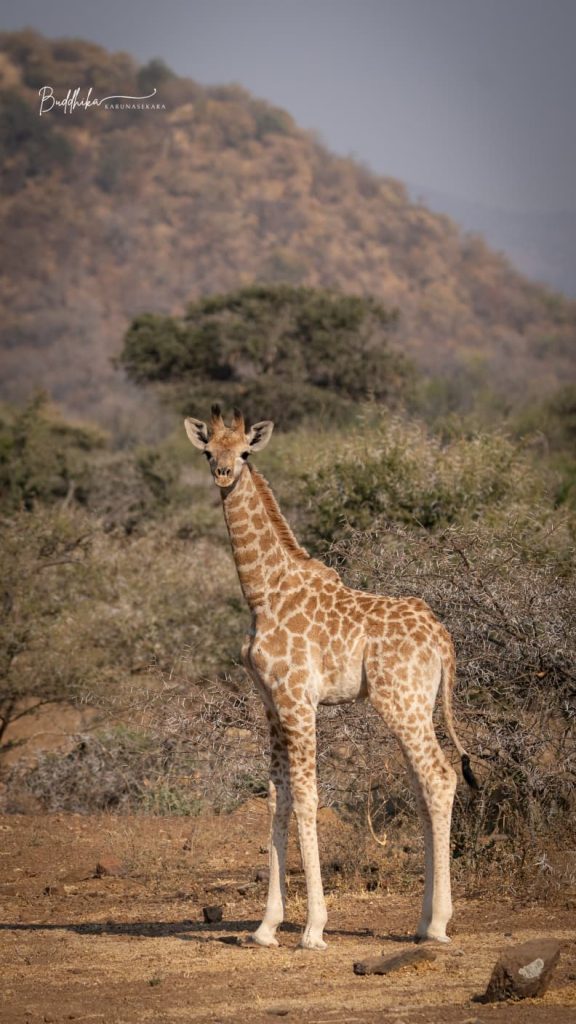
Elegant and towering, the giraffe is one of Africa’s most distinctive creatures. With its long neck, patterned coat, and gentle stride, it rises above the savannah as a quiet sentinel. Its unusual form has fascinated people for centuries, sparking both wonder and explanation. Known scientifically as camelopardalis because early observers thought it combined features of a camel and a leopard, the giraffe is both strange and graceful, embodying nature’s creativity in shaping life.
In African traditions, the giraffe often symbolises vision and foresight. Among the Tugen people of Kenya, the giraffe is admired for seeing far and wide, its height giving it the role of a watchful guardian. Stories tell of giraffes spotting danger from a distance and guiding others to safety, a lesson in vigilance and protection. In Zulu folklore, the giraffe is associated with kindness and gentleness, admired for its quiet strength and harmonious presence among other animals. Its unusual neck and calm nature have made it a figure of humility, powerful without aggression.
Other tales focus on how the giraffe came to be so tall. In one South African story, the giraffe was once a short animal, but the gods stretched its neck to help it reach the trees during a time of famine. In another version, the giraffe received its long neck as a gift after showing patience and gratitude, while other animals remained quarrelsome. These stories frame the giraffe’s unique shape as a reward for virtue, turning its appearance into a moral lesson.
Beyond Africa, the giraffe has also left an impression in global imagination. When one was brought from Egypt to China in the 15th century, it was thought to be a qilin, a mythical creature symbolising peace and prosperity. In Europe, giraffes became exotic marvels, often gifted to kings and emperors as diplomatic tokens. Renaissance artists painted them as wonders of nature, blending reality with myth.
Modern conservation stories echo these earlier themes of wonder. The giraffe is sometimes called the “gentle giant”, embodying both vulnerability and resilience. In East African communities, its image is used in children’s tales to teach patience, awareness, and the value of seeing the bigger picture. Conservation groups also use the giraffe as a symbol of balance in the ecosystem, a creature that quietly sustains life by pruning trees and dispersing seeds, while also reminding people of the fragility of the wild.
Folklore also carries cautionary notes. Some stories warn that the giraffe’s height makes it proud, a lesson that those who stand above others should remain humble. Yet most tales present it as a benevolent figure, admired for its peaceful nature and gentle movements. In children’s rhymes and proverbs, the giraffe often appears as a friendly teacher, showing that wisdom can come through calm observation.
Today, giraffes face threats from habitat loss, poaching, and shrinking ranges. Once widespread across Africa, their numbers have declined sharply, and conservationists warn of their silent struggle. Yet their presence in stories and folklore ensures that they remain more than statistics. To many, the giraffe is a reminder of perspective, the ability to look further, to remain patient, and to walk with quiet dignity.
